The "Hail Mary" Pass, or, Taking Risks at the End of the Year
https://www.youtube.com/watch?v=QUx5phctijcAs we come to the end of another school year, we ask you to consider the "Hail Mary" pass in American football:[youtube http://www.youtube.com/watch?v=4LyrkgPVXQE]The "Hail Mary" pass is defined as "any very long forward pass made in desperation with only a small chance of success, especially at or near the end of a half." (Its inception in the football lexicon occurring at a time when players and fans were apparently unconcerned about religious diversity, unfortunately.) "Hail Mary" passes have a few qualities in common:
- They are desperate, last minute attempts to make progress.
- They are full of hope and enthusiasm.
- There are low expectations.
- When they work, the crowd goes wild.
Now consider the end of our school year. You may find yourself in a place where energy is low - here in NY we are feeling quite tired and somewhat defeated by the state tests for example - and perhaps it is difficult to get tons of motivation up for one or two more great units of study. You might also be treading familiar ground at this time in the year - pulling out the same unit of study you have taught for awhile, going through the motions a bit. At the same time you probably feel what so many of us feel at the end of the year - that your time in the classroom with this particular bunch of kids is coming to an end, and all of the mixed up emotions that this eternal truth in education brings.While you are experiencing these end of the year blues or nostalgia, bittersweetness or mundanity, all around you are swirling the expectations for next year. New initiatives. New standards. New tests. New buzzwords, devices programs and curriculum. It is challenging to figure out how to start a billion new things next year, when your heart is sweet or aching or tired from your kids who are still with you this year.Try a few "Hail Mary" passes. (Shout out to Jen Serrevallo for reminding me of this during a recent Twitter Chat!)What this means for us in the classroom is that we pick something that we are a little afraid of - some structure or unit or method or philosophy that we have either always avoided or that we fear for next year, and start it right now. With these kids. In an experimental fashion, perhaps not even knowing much about what we are doing "right" or "wrong."This is low risk, high benefit experimenting. Consider:1. You know these kids and they know you. There will never be a better time in the year where you can take risks like this. These kids are putty in your hands, or if you have had the year from hell, you really have nothing to lose at this point.2. There is less outside pressure on you to "get it right." Assuming that your state test has passed, most likely your school is in a blissful state of homeostasis - no more walkthroughs, quality reviews, testing. What better time to try something that might go horribly wrong? We don't mean to be glib here - how can you ever get good at something new and scary and risky in your classroom if you do not have the room to fail? Well, here it is! Room to approximate your own learning without as much pressure. Take this time in hand. It is a rare treat.3. It can help reignite a hot and tired classroom. Oh, June, you fickle one. It's so humid. The kids are toast. Days are taken by trips and graduation practices and so on. But what if we walked in one Monday and announced to our class that we were going to try, in the immortal words of Monty Python, "something completely different!" There is a chance that this will feel like a cool invigorating breeze wafting across the sweaty faces in your room.To keep the sports analogies going - this is a win-win situation. Here are a few ideas:New Things We Might Try at the End of the Year Independent Writing Projects. In Independent Writing, Colleen Cruz outlines some ways to ignite a love of writing in your kids and help them learn to use mentor texts and plan and execute a project on their own. Have students imagine what kinds of pieces they might like to create. Classes we have worked with have listed anything from photo journal projects to recipes books to poetry and songs, romance and graphic novels. There is usually even a student who wants to write essays! Bonus! Talk. Now, this may not apply to everyone, but if you have not embraced talk - in the form usually of book clubs - in your classroom, this is a great time to start! One way to begin, especially if you are hesitant, is to give your kids a simple structure to follow. First, have the club meet and read for an agreed upon amount of time. Next, have them begin to collect some Post-Its - specifically on what they think will make great conversation starters. Then when you gather your clubs, tell them that one person will go at a time, and the rest of the club can only speak if they add onto what that persons said...and one way to help them to stick to this is to use a few prompts. I like things simple, so I use: AND, BUT, WHY, SO, and WHEN. When the club is ready, they move onto a new post it.Reading Notebooks. You know you should have been using these all years long, and you started off so well. But the entires got so boring and repetitive and soon the reading notebook became a repository for notes, post it and badly drawn anime characters. Take this time to refresh the notebook and practice some new moves. Try have kids make game boards of their thinking, or top ten lists, or character EKGs - high blips when there is a high point, low blips when there is sadness. Like this student:
Talk. Now, this may not apply to everyone, but if you have not embraced talk - in the form usually of book clubs - in your classroom, this is a great time to start! One way to begin, especially if you are hesitant, is to give your kids a simple structure to follow. First, have the club meet and read for an agreed upon amount of time. Next, have them begin to collect some Post-Its - specifically on what they think will make great conversation starters. Then when you gather your clubs, tell them that one person will go at a time, and the rest of the club can only speak if they add onto what that persons said...and one way to help them to stick to this is to use a few prompts. I like things simple, so I use: AND, BUT, WHY, SO, and WHEN. When the club is ready, they move onto a new post it.Reading Notebooks. You know you should have been using these all years long, and you started off so well. But the entires got so boring and repetitive and soon the reading notebook became a repository for notes, post it and badly drawn anime characters. Take this time to refresh the notebook and practice some new moves. Try have kids make game boards of their thinking, or top ten lists, or character EKGs - high blips when there is a high point, low blips when there is sadness. Like this student: Of course, you can choose anything that feels new, or risky, or untested. If it fails? You will know better what to do next year with that fresh batch of young minds. But if you pull it off? If you beat the buzzer with that one desperate last minute throw with nothing but a prayer and your talent? Well...
Of course, you can choose anything that feels new, or risky, or untested. If it fails? You will know better what to do next year with that fresh batch of young minds. But if you pull it off? If you beat the buzzer with that one desperate last minute throw with nothing but a prayer and your talent? Well... Big Idea: Planning Next Year's Curriculum Tiny Detail: Taking a Teaching Risk at the End of the Year-Kate & Maggie
Big Idea: Planning Next Year's Curriculum Tiny Detail: Taking a Teaching Risk at the End of the Year-Kate & Maggie

